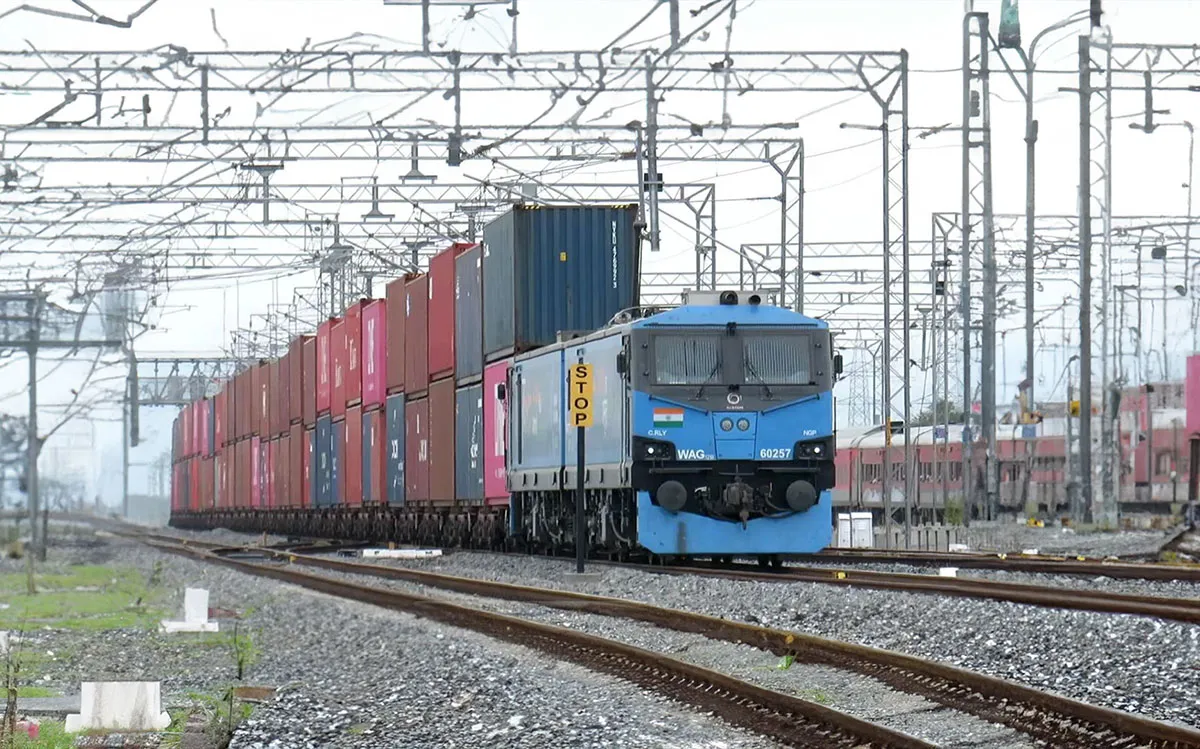
train-detectionKazakhstan
FAdC at Uglerudnaya Station | Kazakhstan
AcelorMittal is the operator of the Uglerudnaya industrial railway station, located in Temirtau, Kazakhstan. The station features a total of 56 switches and 52 track sections to enable the smooth flow of train traffic. To ensure the safety of all trains, an interlocking system is used to establish secure routes for incoming, outgoing, and passing trains. This requires effective traffic management and a dependable train detection system to detect the presence of trains on the tracks.
The Uglerudnaya station in Temirtau, Kazakhstan handles various raw materials, including coal, ore, fluxes, and refractories.
In September 2018, the Frauscher Advanced Counter FAdC was installed at the Uglerudnaya station, alongside 89 Frauscher Wheel Sensors RSR180 which were fitted in 52 track sections. The installation of the new system led to a significant reduction in lifecycle and maintenance costs, as well as a decrease in downtime due to train detection failures. Efficiency in traffic management and the use of freight cars also increased. Furthermore, another useful feature for the signalling staff is the confirmation of train integrity via the axle counter, as well as the individual reset options and comprehensive diagnostic facilities which provide the Uglerudnaya station with enhanced operational efficiency.
Lower maintenance costs
By installing the axle counter, lifecycle and maintenance costs have been reduced dramatically.
Greater efficiency
Efficiency in terms of traffic management and the use of freight cars has increased.
Increase in system availability
Increase in uptime due to no train detection failures, leading to greater availability.
This might also interest you

train-detectionUnited Kingdom of Great Britain and Northern Ireland
Churnet Valley Heritage Railway | UK

train-detectionIndia
Western Dedicated Freight Corridor (Rewari – Makarpura) | India

train-detectionCanada
City of Calgary Grade Crossing Upgrade | Canada

train-detectionUnited States of America
MTA Baltimore North Avenue Yard | USA
